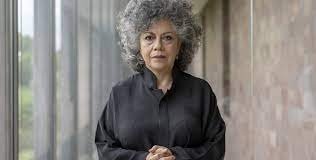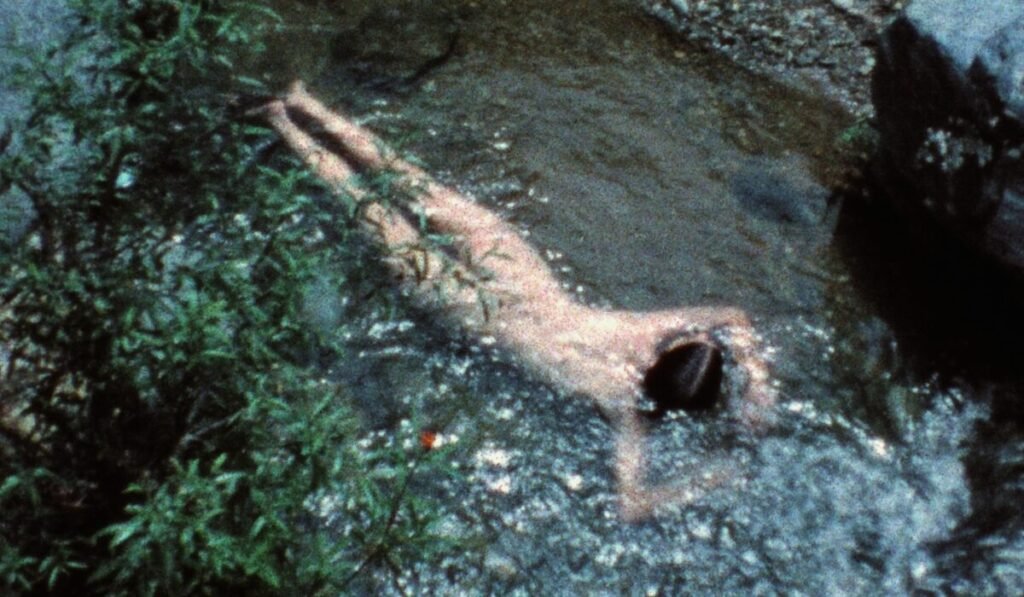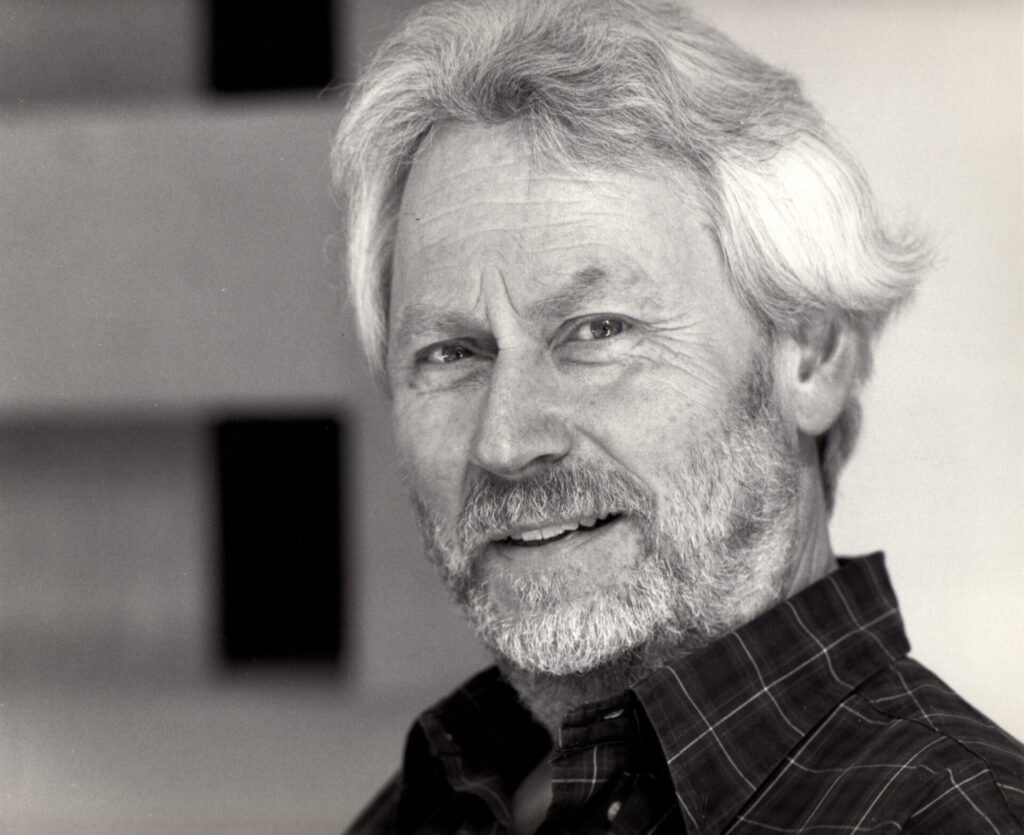The work of Doris Salcedo stands at the intersection of social memory and form. Avoiding the spectacle of violence and instead creating listening devices. The artist displaces everyday materials such as wood, leather, concrete, earth… And animal fiber into exhibition contexts and builds situations of presence that deeply link the audience’s experience to the history behind each gesture.
Rather than directly illustrating a theme, her work materially elaborates on losses and fractures that often remain without proper public record.

In series such as Atrabiliarios, one can observe a grammar of mourning operating through surface tension, partial concealments, and sutures. Artists place the shoes of disappeared people in niches and cover them with translucent membranes sewn into the plaster, creating a field of restricted visibility. Viewers can see fragments, but never enough to fully satisfy the gaze.
Thus, the work modifies architecture and establishes a regime of attention that is both intimate and political. Bodily engagement with matter, extended observation, and awareness of layered mediation actively generate information about the past.
Doris Salcedo: Shared Experience and Political Dimension
This ethics of form deepens when Doris Salcedo transforms the exhibition space into a shared experience. In large-scale installations, she organizes pathways and interruptions that turn the visit into an act of care. The viewer is not invited to decipher formal enigmas, but rather to sustain a time of presence, inhabiting a space where memory and materiality intertwine. This approach invites a slower pace of contemplation and a gaze that unites aesthetics with social responsibility.
The focus on the living and vulnerable appears again. It is in the installation Plegaria Muda. It is made of pairs of wooden tables. The tables are placed one over the other. They are separated by soil. Blades of grass grow from this soil. The arrangement occupies the room like a silent field. It uses repetition as an ethical insistence. Each module connects unjust death with life’s possibility. It links violence to community survival. The grass’s slow growth is not a metaphor. It acts as a marker of time and care. It introduces a natural element. This element resists within the space of mourning.
Doris Salcedo intervenes in architecture. She may fill it, crack it, or transform it. She shifts the focus from the object. The new focus is on the lived experience. The work requires movement and physical presence. It also requires listening and memory. It addresses a central question. How can we give form to interrupted lives?
The result is an art that engages the visitor. The visitor becomes part of the event. This encourages recognition of one’s gaze. It highlights the gaze’s political dimension. The experience does not rely on immediate impact. Instead, it relies on the density of presence. It relies on the articulation of matter, memory, and time. In this way, a shared space is built.



